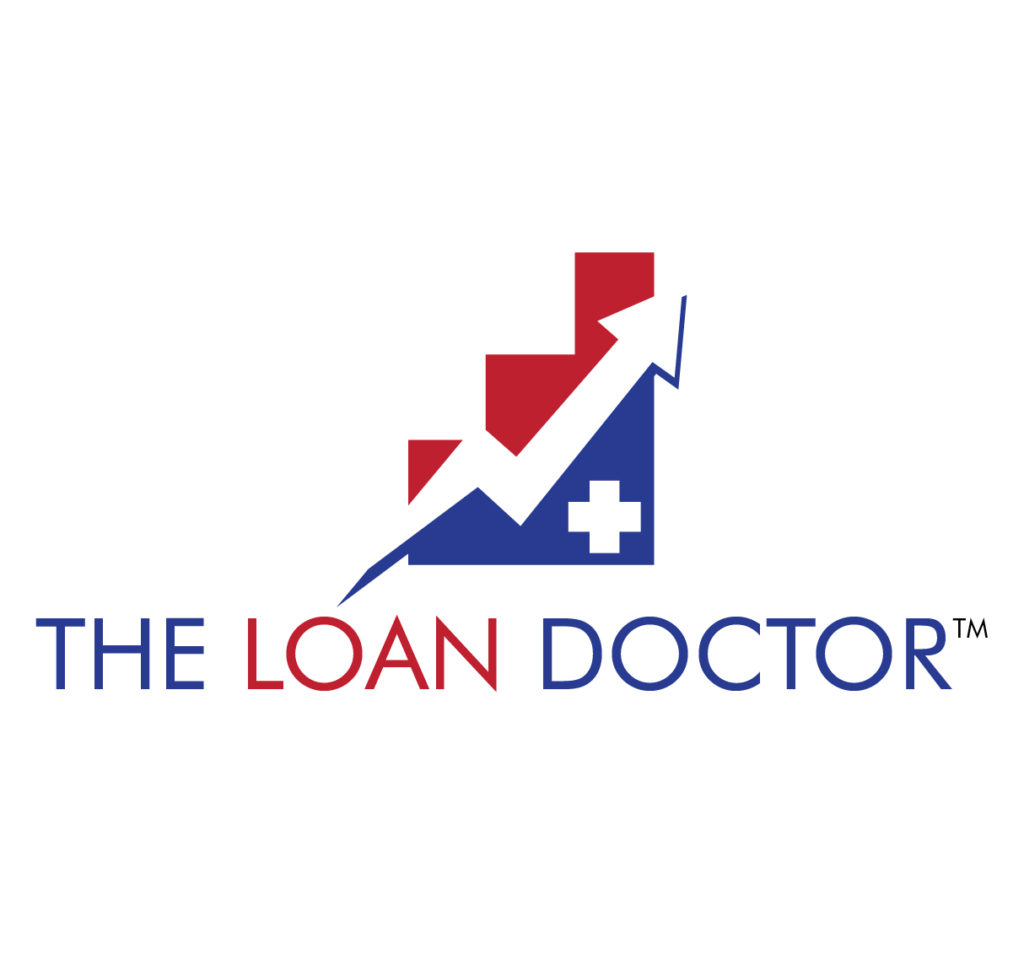By Eugene E. Valdez AKA the Loan Doctor™
Most companies can be categorized as either “pre-revenue”, young startup, young operating with excellent growth potential, mature, or old and in decline. I like to work with the young operating with growth potential segment, as this group is aggressive and they see the value that I bring to the table as a banking & finance consultant.
To accommodate growth this group needs to invest in more space, (building), more people, more equipment, and more trading assets such as inventory and accounts receivable.
Owners of privately owned businesses have limited options to finance these higher levels of inputs, (space, people, equipment, trading assets) especially if they do not want to give up any control by obtaining equity capital from third party investors.
The “go to” financing strategy for this group is debt capital in all its forms, (bank loans, SBA guaranteed loans, AR financing provided by commercial finance companies, factors, PO financing, letters of credit, equipment leasing companies et.al.)
Pursuing debt capital can be problematic as every year the underwriting criteria gets tougher and tougher for all lender types across the board. Many small business owners are so frustrated with the loan hunting and loan process that out of desperation they are pursing loans from online lenders that have interest rates ranging anywhere from 30%-70%.
This week we will focus on a financing strategy that is rarely talked about, but is the best option out there in my opinion. This option is to finance company growth/higher levels of inputs with your own profits which are manifested over time in the form of retained earnings on your company’s balance sheet. (Major purchases of a new building or expensive equipment may still require outside loans but to a lesser degree).
To finance your company’s growth organically there are a few key elements to the strategy:
#1- Limit annual sales growth rate to 10% or less.
#2- Post an annual net margin of at least 5%. (If you’re not achieving this minimum % margin strive to decrease your cost of goods sold, consider a small increase in your selling prices and fanatically manage and control all operating expenses especially wages and related costs to get your net margin up.)
#3- Don’t purse a tax saving minimization strategy in concert with your CPA by reporting less business profits that you actually could have earned.
#4- The majority of my clients are 100% owners of S corporations. Annual distributions should be limited to what monies are needed to pay required income tax on the reported net earnings not a penny for additional shareholder compensation.
Quick example:
- $5,000,000 annual sales
- 1% net margin reported ($50,000 net profits)
- 5% net margin doable ($250,000 net profits)
- 30% tax bracket, equals $75,000 of personal tax liability on S Corp income
- Annual distribution= $75,000
- Annual net addition to retained earnings $175,000, ($250,000-$75,000)
- Repeating this strategy for 5 yrs. would create $875,000 of monies that could be used to finance a five year growth plan.
- By definition that $875,000 has no loan interest rate tied to it
- If you borrowed the $875,000 over 5 years at 6% interest your total annual P & I payments would be about $204,000 per annum
- Would you rather pay $375,000 in taxes over a 5 yr. period or $1,020,000 in bank principal and interest payments over 5 yrs?
Interesting scenario isn’t it? Good luck


Eugene E. Valdez is President and CEO of The Loan Doctor and Associates, Inc., a full service banking and finance consulting company located in Upland, CA. He can be reached at 909-230-0024. Like and follow him on social media Facebook, LinkedIn.
 IE Business Daily Business news for the Inland Empire.
IE Business Daily Business news for the Inland Empire.

